Pablo Bronstein: Historical Dances in an Antique Setting at Tate Britain
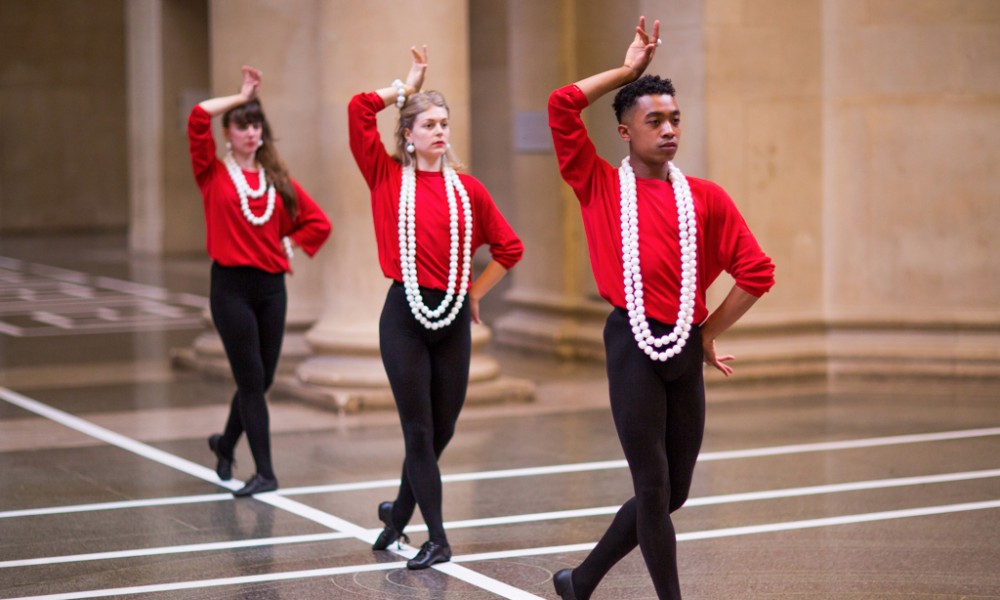
For this year’s Tate Britain Commission, British artist Pablo Bronstein was asked to produce a work for the cavernous and stately Duveen galleries, which sit at the heart of the museum. Between now and early October, the large space will be home to classically-trained dancers who will move through the rooms in a continuous performance.
It’s rare to see performative dance brought so emphatically into the public sphere, but Bronstein and Tate Britain have managed it admirably. Three dancers will be present in the galleries from 11am until 5pm every day, and the public are free to move among them as they perform.
Pablo Bronstein is an artist with a deep knowledge of pre-20th century architecture and design, and he makes extensive use of this in his practice. For Historical Dances in an Antique Setting he has built large screens at either end of the hall, on which he has printed edited images of parts of the Tate’s exterior. These half-real, half-imagined structures take imagery from both the 1980s Clore Gallery and the Victorian façade of Tate Britain; the visual effect is of turning the museum inside-out. This echoes Bronstein’s interest in the reuse of architecture and the social role of the aesthetic in defining “good” taste.
The dancers make studied movements within areas marked off by white tape on the floor that recall the forms of baroque gardens. Their stylised hand movements and dignified steps are inspired by “sprezzatura”, a concept derived from 16th century Italy where courtiers were expected always to act with an air of understated grace and elegance. They wear the leggings and dance shoes of classical ballet, but their red sweatshirts and bespoke oversized jewellery recall the fashions of the 1980s, encouraging the viewer to think about the strange, anachronistic mixes present in the exhibition. Similarly, the choreography bears a resemblance not only to baroque courtly dances but also to experimental performance pieces by artists such as Bruce Nauman.
The effect is both charming and thought-provoking, and the simple steps of the dancers are somehow mesmerising. The exhibition offers a fantastic opportunity to experience dance and performance art in a setting that is at once familiar and strange.
Anna Souter
Photos: Erol Birsen
Pablo Bronstein: Historical Dances in an Antique Setting is at Tate Britain from 16th April until 9th October 2016, for further information visit here.


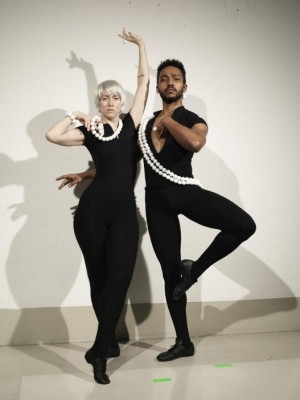
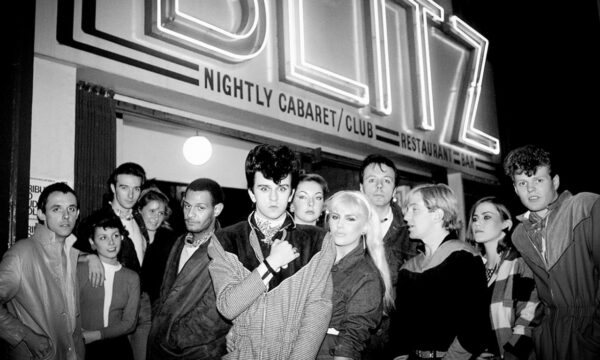
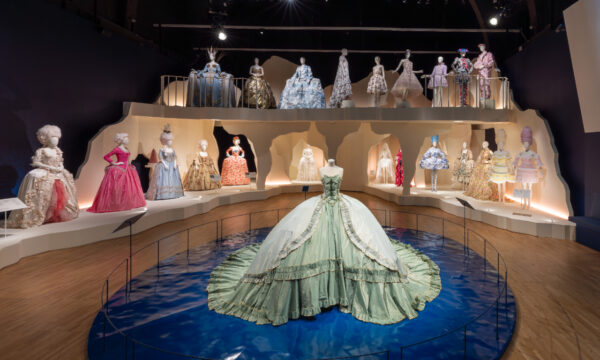
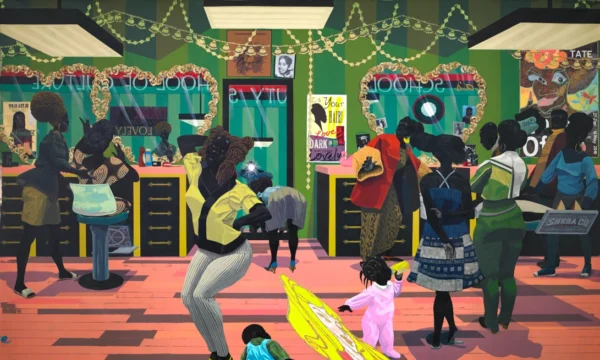
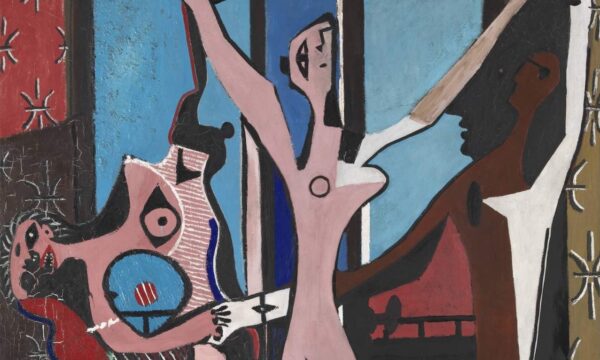
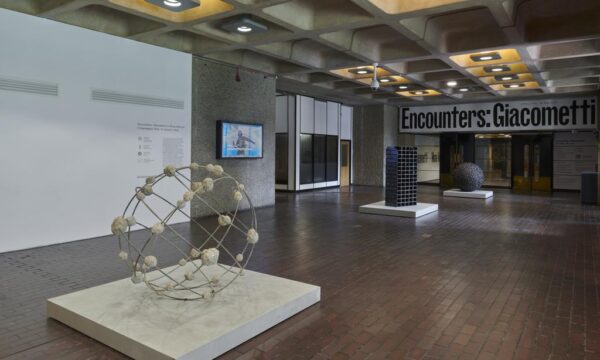
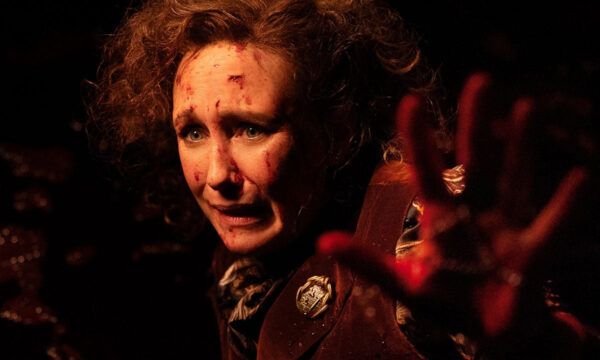
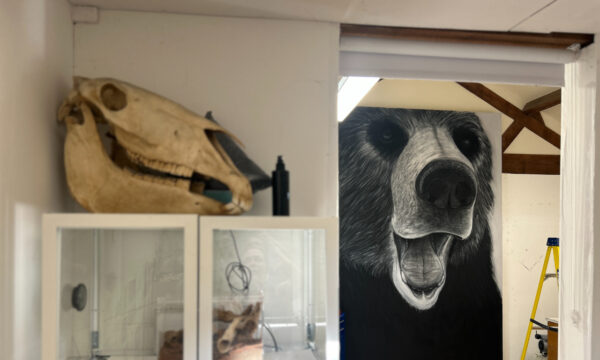
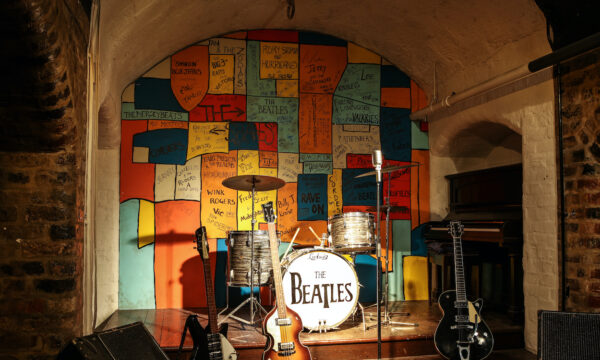
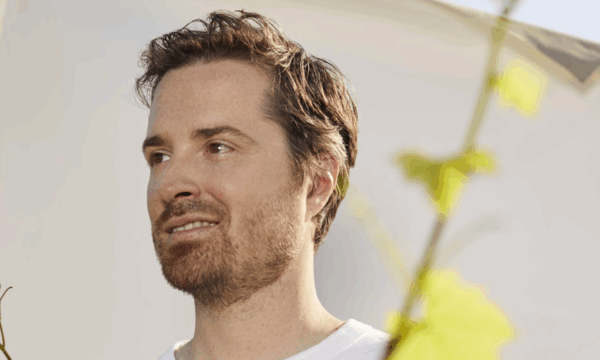
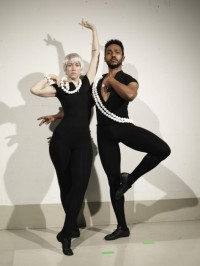

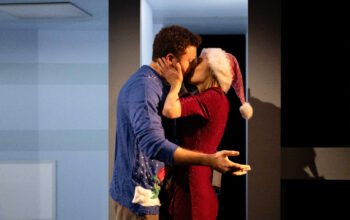
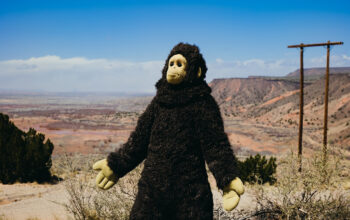

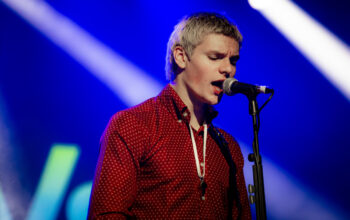
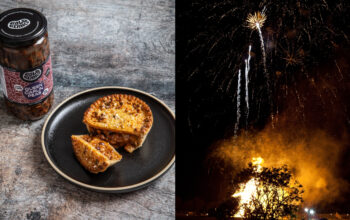
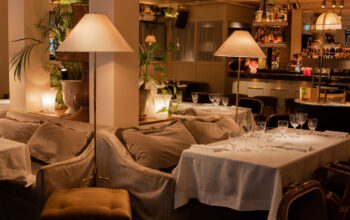
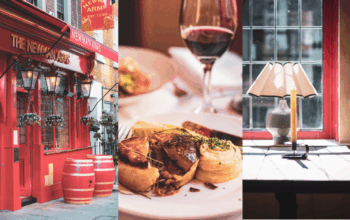
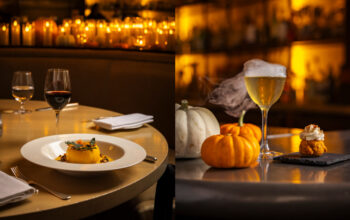

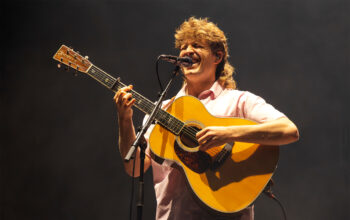

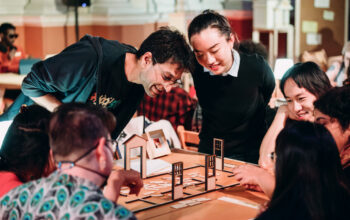
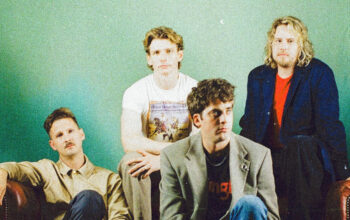
Facebook
Twitter
Instagram
YouTube
RSS